
Flea Control For Yard in Redland, TX
Outdoor flea control in Redland, TX by Spot On Pest Control, LLC. Treat shaded zones with pet-safe products and get seasonal follow-up—schedule inspection.

Flea Control For Yard in Redland, TX
Fleas thrive outdoors where pets and wildlife move through shaded, moist areas. In Redland, TX, the hot, humid climate and year-round mild winters create ideal conditions for fleas to breed and persist. Effective Flea Control For Yard in Redland, TX combines a careful yard inspection, targeted perimeter and shaded-area treatments, coordinated pet care, and a seasonal follow-up plan to stop infestations at the source and reduce the chance of reinfestation inside your home.
Why outdoor flea control matters in Redland, TX
- Fleas complete most of their life cycle off the host in the yard. Larvae hide in shaded leaf litter, under decks, and in tall grass.
- Local wildlife like feral cats, opossums, raccoons, and rodents commonly move through yards in Redland and serve as persistent flea hosts.
- Warm, humid weather extends active flea seasons and can allow populations to survive through winters unless treated proactively.
- Treating only pets or the indoors is often not enough. Outdoor control interrupts the life cycle where the majority of immature fleas live.
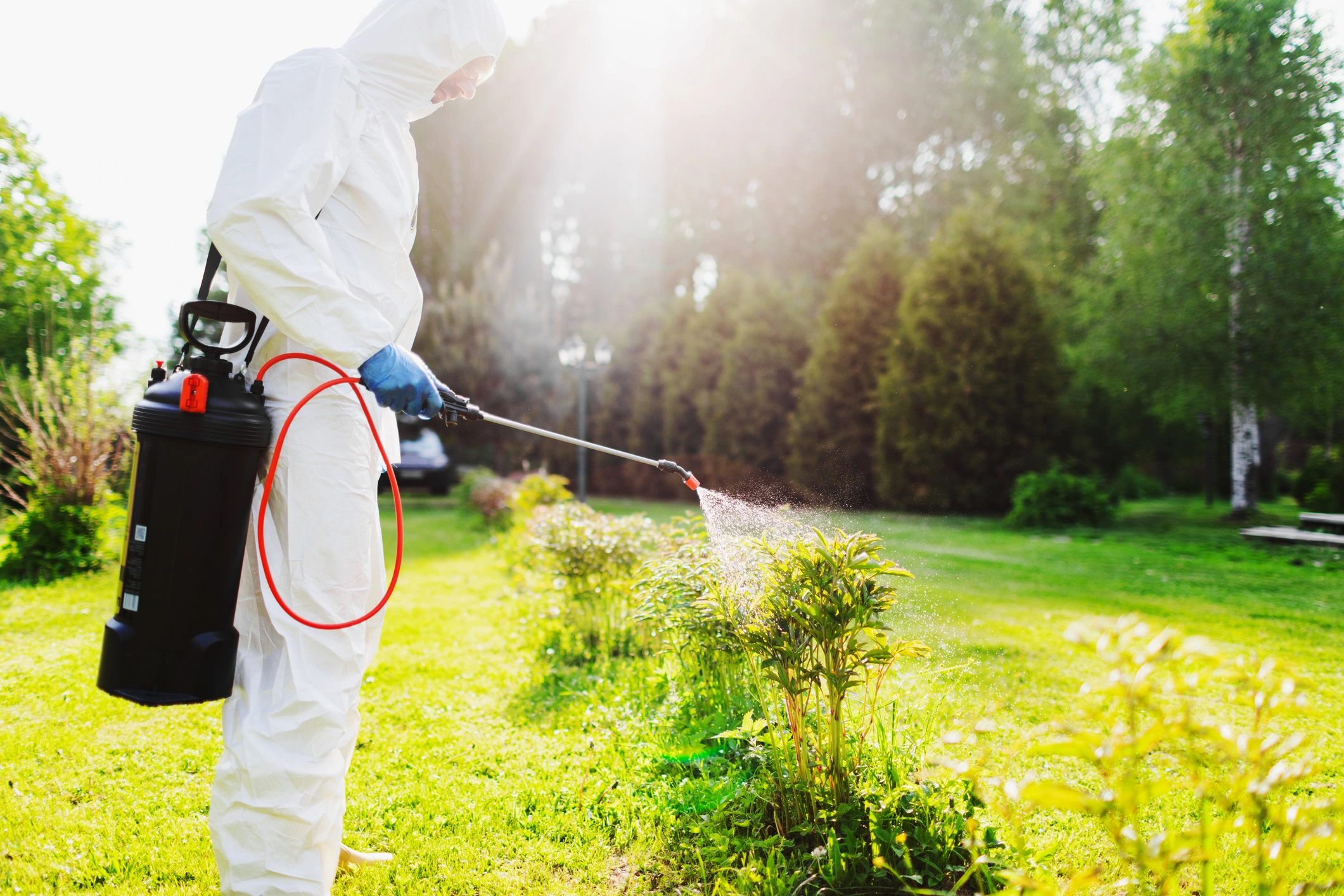
Common flea problems in Redland yards
- Pets repeatedly bringing fleas indoors after outdoor exposure
- Patches of yard where pets rest or wildlife hides showing heavy flea activity
- Persistent indoor fleas despite regular pet flea treatments
- Rapid reappearance of fleas after a single treatment because immature stages in the yard were not addressed
What we inspect during a yard assessment
A professional yard inspection focuses on identifying flea hotspots and conditions that support flea populations:
- Shaded, moist areas: under trees, shrubs, decks, porches, and in dense groundcover
- Pet paths, kennels, dog runs, and areas where animals sleep or rest
- Accumulated leaf litter, mulch beds, and grass that does not receive sunlight
- Wildlife entry points, burrows, or frequent animal trails
- Vegetation density and drainage issues that keep soil damp
Inspection notes guide where to apply treatments and suggest landscape changes that reduce flea habitat.
Targeted treatment approach
Outdoor flea control is most effective when treatments are targeted rather than blanket-sprayed. Common components include:
Perimeter barrier treatment
Applied around foundations, patios, and entry points to prevent fleas from migrating indoors. This targets adult fleas and emerging juveniles.
Lawn applications
Granular or liquid insecticides applied to turf and lawn perimeters to reduce larval populations. Focus on sunny and shaded turf differently; shaded areas often need heavier treatment.
Shaded-area and debris treatment
Low-volume, higher-penetration sprays or granular products applied under decks, in leaf litter, and around shrubs where larvae and pupae accumulate.
Spot treatments
Directly treating animal resting spots, kennels, and pet paths to eliminate localized high-density flea populations.
Insect growth regulators (IGRs)
Products that prevent flea eggs and larvae from maturing into biting adults. IGRs are essential for controlling the immature stages that live in the yard.
Pet and wildlife-safe application practices are used to minimize risk to animals and people. Timing treatments for cooler parts of the day improves effectiveness and reduces evaporation.
Recommendations for pet treatments and timing
Outdoor yard control must be coordinated with pet protection to break the flea life cycle fully:
- Ensure all pets are on veterinarian-recommended flea preventives before yard treatments begin. Options include topical treatments, oral medications, or flea collars that target adult fleas and prevent egg production.
- Schedule initial pet dosing at least 24 hours before or after yard treatment to avoid exposing pets to wet residues and to ensure fleas on the pet are addressed.
- Continue monthly pet preventive treatments year-round in Redland due to the mild climate and continuous flea pressure.
- If pets show heavy flea burden, treat them indoors first and follow up with yard treatment within a few days.
Follow-up schedule and monitoring
Fleas develop through stages over several weeks. A staged follow-up strategy helps capture emerging adults:
- Initial treatment: comprehensive yard and perimeter applications
- First follow-up: 2 to 3 weeks after the initial treatment to address newly emerged adults
- Second follow-up: 4 to 6 weeks after the initial treatment or as needed based on monitoring
- Seasonal maintenance: preventive treatments timed before peak flea season (spring and early summer) and as needed through late fall; year-round maintenance may be required in Redland
Regular monitoring of pet exposure, wildlife activity, and yard conditions helps determine whether more frequent treatments are necessary.
Seasonal considerations for Redland, TX
- Spring and summer: Peak flea development. Heavy emphasis on treating shaded, moist refuges and increasing pet preventive compliance.
- Fall: Reduce leaf litter and debris that will create winter shelter for immature fleas.
- Winter: Mild winters in Redland can allow low-level flea activity to continue. Monitor pets and treat indoor infestations promptly to avoid spring flare-ups.
Tips to reduce wildlife hosts and limit reinfestation
Reducing wildlife activity and habitat around the yard lowers the chance of fleas being reintroduced:
- Remove brush piles, dense groundcover, and excessive leaf litter where wildlife rest
- Secure trash bins and avoid leaving pet food outdoors
- Close off gaps under decks and porches to prevent nesting by opossums or feral cats
- Install fencing or barriers where feasible to deter larger wildlife movement
- Consider humane exclusion and wildlife control measures when wildlife repeatedly visits the yard
Handling indoor reinfestations
Outdoor control must be paired with indoor steps when fleas are already in the home:
- Vacuum carpets, rugs, and furniture thoroughly and dispose of vacuum bag or canister contents promptly
- Wash pet bedding, area rugs, and removable cushions in hot water
- Treat indoor carpets and baseboards with pet-safe products or IGRs when necessary
- Continue pet flea preventives; treating pets prevents bites and stops egg-laying indoors
Long-term benefits of integrated yard flea control
A consistent, integrated approach provides lasting benefits:
- Reduces flea pressure on pets and family members
- Prevents repeated indoor infestations and the associated stress and expense
- Lowers the chance of flea-borne diseases and skin problems in pets
- Makes outdoor spaces safer and more enjoyable in Redland, TX climates
Outdoor flea control is most effective when it is diagnostic, targeted, and integrated with pet care and simple landscape changes. By focusing treatments on the areas fleas prefer in Redland yards and maintaining a follow-up and seasonal plan, homeowners can dramatically reduce flea populations and keep pets and families comfortable year-round.
Flea Control For Yard in Redland, TX That Keeps Pets & People Safe
Fleas start outdoors—stop them before they get inside. Our flea control for yard in Redland, TX delivers effective treatments that protect your home from the outside in. Spot On Pest Control, LLC also offers seasonal yard maintenance to ensure long-term protection. Book now before fleas multiply.
Reclaim Your Yard With Targeted Flea Control
Our Services
Our pest control services cover ants, termites, bed bugs, rodents, mosquitoes, and other common pests, with customized solutions for both residential and commercial properties.
.png)



